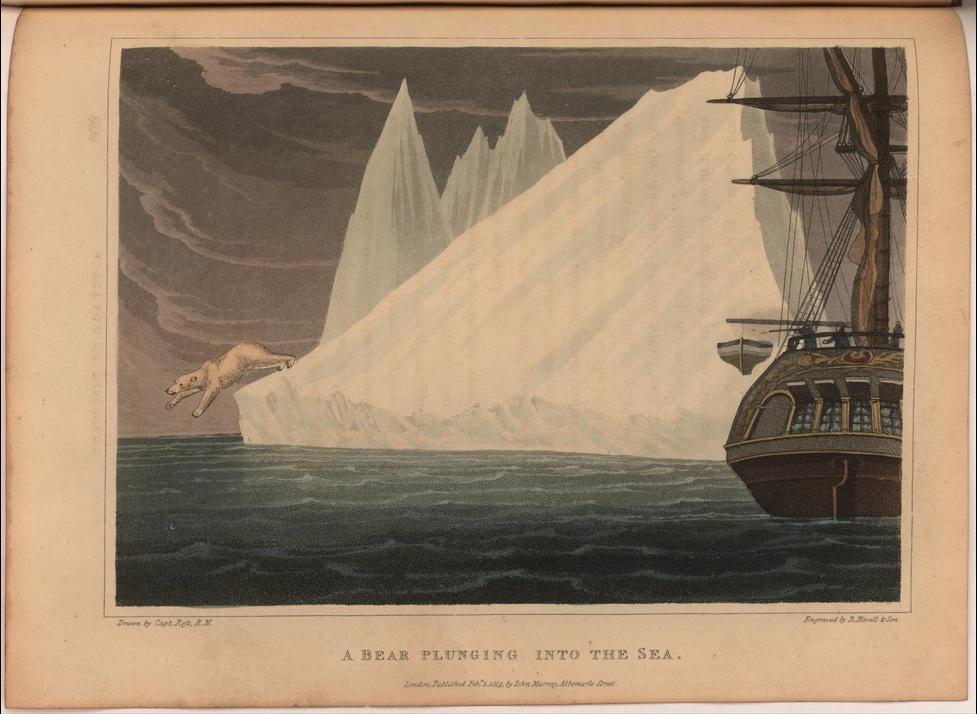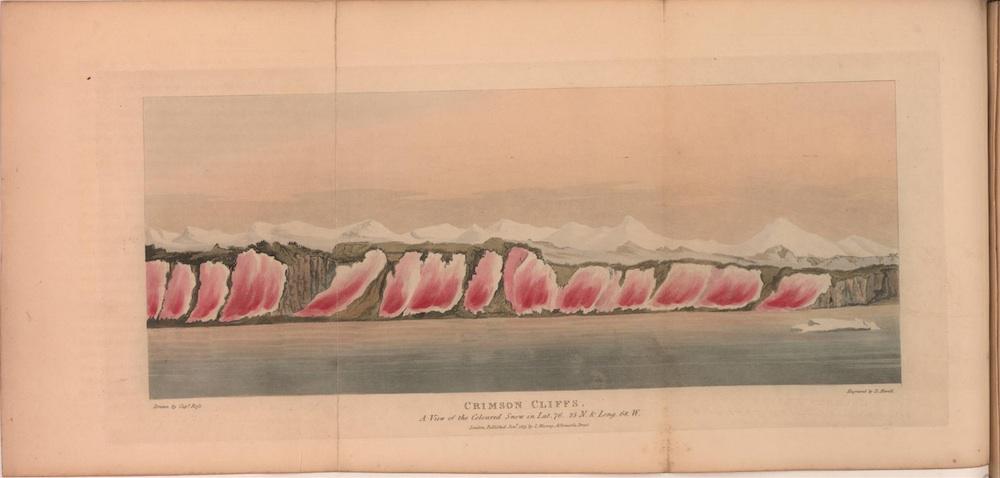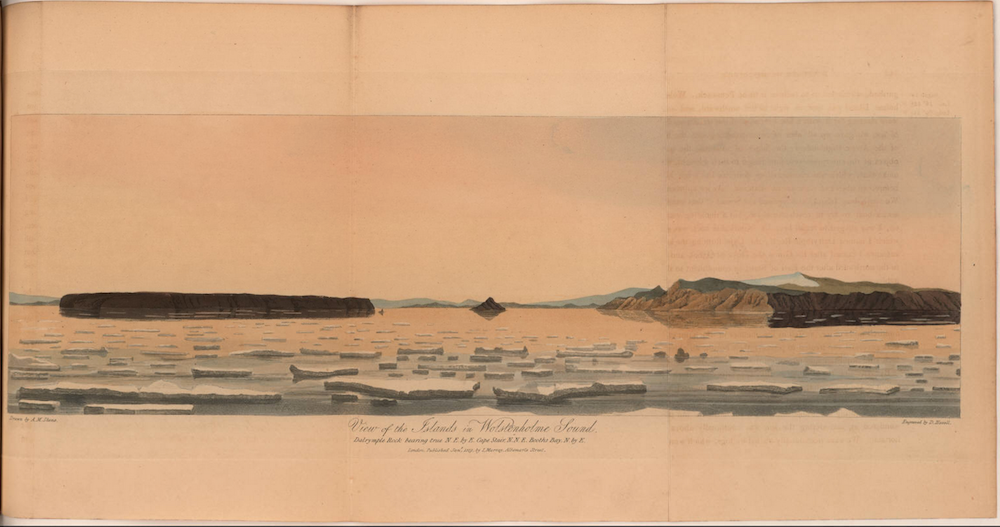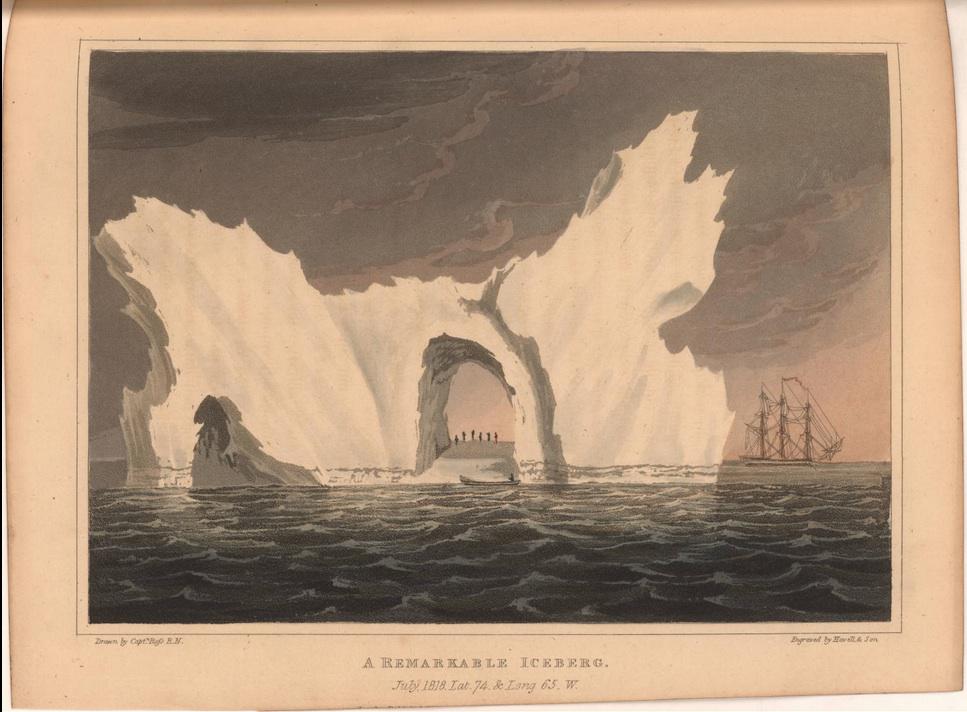The Vault is Slate’s history blog. Like us on Facebook, follow us on Twitter @slatevault, and find us on Tumblr. Find out more about what this space is all about here.
Arctic explorer Sir John Ross drew these images while captaining the first 19th-century British search for the Northwest Passage. The drawings were engraved in London, and published in 1819, the year after the Ross expedition, as part of the book A Voyage of Discovery, made under the orders of the Admiralty, in His Majesty’s ships Isabella and Alexander, for the purpose of exploring Baffin’s Bay, and inquiring into the probability of a north-west passage.
Ross traveled Baffin Bay (between present-day eastern Canada and Greenland), surveying the territory and searching for possible entry points to an imagined Northwest Passage. He incorrectly assessed the landscape in several instances, finding obstructing mountains where there were none—a mistake that earned him the scorn of the head of the Admiralty (and the man who had given him his commission), Sir John Barrow.
Nonetheless, the expedition journal, published along with his drawings, popularized Arctic exploration among the British reading public. The drama of Ross’ landscape renderings was balanced with images of Inuit life: a man named Ervick; a woman named Kallie, drawn sitting in a chair aboard one of Ross’ ships; and the engraver’s representation of an “Arctic Highlander’s” sled, dog whip, spear, and knife.
A plate illustrating the first meeting of native Greenlanders and the Ross expedition, drawn by John Sackheouse, an Inuit who was the expedition’s interpreter, complemented Ross’ efforts. It was, the Beinecke Library writes, “certainly the earliest representational work by a Native American artist to be so reproduced” for the curiosity of British readers.
I first saw the image of the polar bear leaping off the iceberg in the online gallery promoting the British Library’s exhibition “Lines in the Ice: Seeking the Northwest Passage,” which is on view in London through March 2015.

The John Carter Brown Library at Brown University.

The John Carter Brown Library at Brown University.

The John Carter Brown Library at Brown University.

The John Carter Brown Library at Brown University.

The John Carter Brown Library at Brown University.

The John Carter Brown Library at Brown University.